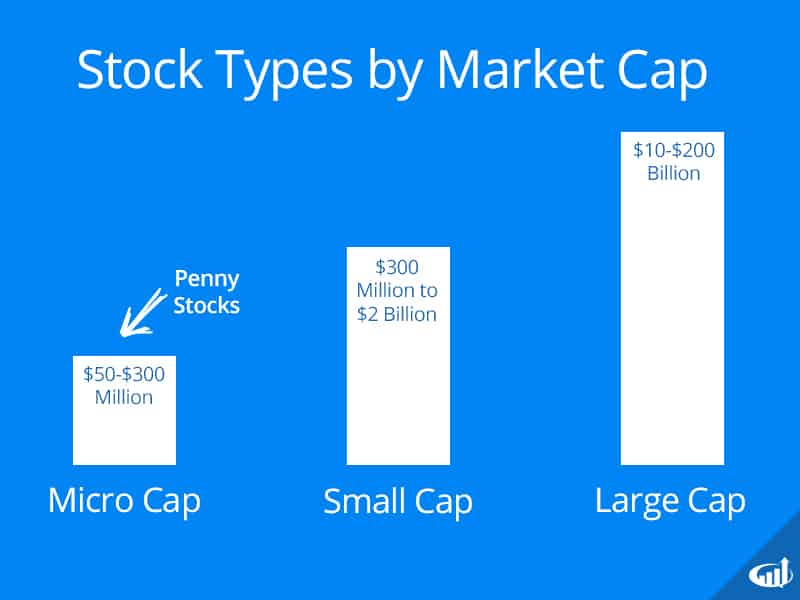
Pullback entry
A pullback refers to a market's return to a trend's beginning point. A pullback can be deep or shallow, depending on the trend. This can be detected using indicators like Fibonacci levels and moving averages. You can make your decisions more reliable if there are more signals.
A pullback occurs naturally during an uptrend. They can be triggered either by a sudden drop or profit-taking. Trader who follow a trend will often use pullbacks as a way to add to or exit long positions. You can also use market orders, stopbuy entry orders, buy limit and buy order orders to enter these times.
Breakout strategy
A breakout strategy in trading is vital. It allows traders when prices are outside of their range to enter a trade. The objective of this strategy is to capitalize on the upcoming trend rather than waiting for a longer-term trend to develop. A breakout strategy is more successful than traders who just follow price patterns.

Breakouts are usually located near the designated resistance trend lines. But, failure to breakout often occurs when key breakout points fail to hold or price loses momentum. It is important to determine the time frame during which the price will remain in the breakout. Trader should also determine the profit and loss levels for their trade. The trader should be willing to take on the same risk as the profit they expect to make.
Day trading carries risks
Day traders are required to make quick decisions. This is in contrast to long-term investors. They have to keep up with economic trends, market trends, as well as news cycles. They must also understand the ins and outs of specific products and industries. Investors like these can make huge profits, or they could lose their investment. Margin calls can also be experienced by day traders, which can make it difficult for them to get their money back.
Day trading comes with a lot of stress. It takes a lot of concentration to follow the prices of dozens of stocks, so traders who can't manage their stress may end up making mistakes. Traders should be able to avoid emotions when making investment decisions. Alternatively, they can use a buy-and-hold approach. This involves analyzing different companies and choosing them according to important factors.
Strategies used
There are many day-trading strategies available, but the most common is the gap and Go strategy. This strategy looks for stocks with an uptrend that is consistent and has moderate retracements. Finding a low-risk price entry is crucial for a profitable trade. The best way to do this is to use indicators such as trendlines and moving averages. The trade should have a risk-reward ratio of about 1 at the beginning.

Day trading strategies can help you minimize your risk and maximize your profits. Once you have chosen your strategy, it is now time to decide which instruments to trade. You have the option to choose between stocks, ETFs or futures.
FAQ
Why is a stock called security?
Security is an investment instrument whose value depends on another company. It can be issued as a share, bond, or other investment instrument. The issuer can promise to pay dividends or repay creditors any debts owed, and to return capital to investors in the event that the underlying assets lose value.
What's the difference among marketable and unmarketable securities, exactly?
The main differences are that non-marketable securities have less liquidity, lower trading volumes, and higher transaction costs. Marketable securities on the other side are traded on exchanges so they have greater liquidity as well as trading volume. You also get better price discovery since they trade all the time. However, there are many exceptions to this rule. There are exceptions to this rule, such as mutual funds that are only available for institutional investors and do not trade on public exchanges.
Marketable securities are less risky than those that are not marketable. They generally have lower yields, and require greater initial capital deposits. Marketable securities are generally safer and easier to deal with than non-marketable ones.
For example, a bond issued in large numbers is more likely to be repaid than a bond issued in small quantities. The reason is that the former will likely have a strong financial position, while the latter may not.
Because they are able to earn greater portfolio returns, investment firms prefer to hold marketable security.
How can I select a reliable investment company?
You want one that has competitive fees, good management, and a broad portfolio. Commonly, fees are charged depending on the security that you hold in your account. While some companies do not charge any fees for cash holding, others charge a flat fee per annum regardless of how much you deposit. Others charge a percentage based on your total assets.
You should also find out what kind of performance history they have. You might not choose a company with a poor track-record. Avoid companies with low net assets value (NAV), or very volatile NAVs.
You should also check their investment philosophy. In order to get higher returns, an investment company must be willing to take more risks. If they are unwilling to do so, then they may not be able to meet your expectations.
What is the purpose of the Securities and Exchange Commission
SEC regulates securities brokers, investment companies and securities exchanges. It enforces federal securities laws.
What are the advantages to owning stocks?
Stocks have a higher volatility than bonds. If a company goes under, its shares' value will drop dramatically.
If a company grows, the share price will go up.
Companies often issue new stock to raise capital. Investors can then purchase more shares of the company.
To borrow money, companies can use debt finance. This gives them access to cheap credit, which enables them to grow faster.
People will purchase a product that is good if it's a quality product. Stock prices rise with increased demand.
Stock prices should rise as long as the company produces products people want.
Statistics
- "If all of your money's in one stock, you could potentially lose 50% of it overnight," Moore says. (nerdwallet.com)
- The S&P 500 has grown about 10.5% per year since its establishment in the 1920s. (investopedia.com)
- US resident who opens a new IBKR Pro individual or joint account receives a 0.25% rate reduction on margin loans. (nerdwallet.com)
- Our focus on Main Street investors reflects the fact that American households own $38 trillion worth of equities, more than 59 percent of the U.S. equity market either directly or indirectly through mutual funds, retirement accounts, and other investments. (sec.gov)
External Links
How To
How to trade in the Stock Market
Stock trading is a process of buying and selling stocks, bonds, commodities, currencies, derivatives, etc. The word "trading" comes from the French term traiteur (someone who buys and sells). Traders sell and buy securities to make profit. This is the oldest type of financial investment.
There are many methods to invest in stock markets. There are three types of investing: active (passive), and hybrid (active). Passive investors watch their investments grow, while actively traded investors look for winning companies to make a profit. Hybrid investors use a combination of these two approaches.
Index funds track broad indices, such as S&P 500 or Dow Jones Industrial Average. Passive investment is achieved through index funds. This is a popular way to diversify your portfolio without taking on any risk. Just sit back and allow your investments to work for you.
Active investing is the act of picking companies to invest in and then analyzing their performance. Active investors will analyze things like earnings growth rates, return on equity and debt ratios. They also consider cash flow, book, dividend payouts, management teams, share price history, as well as the potential for future growth. They then decide whether they will buy shares or not. They will purchase shares if they believe the company is undervalued and wait for the price to rise. However, if they feel that the company is too valuable, they will wait for it to drop before they buy stock.
Hybrid investments combine elements of both passive as active investing. Hybrid investing is a combination of active and passive investing. You may choose to track multiple stocks in a fund, but you want to also select several companies. In this case, you would put part of your portfolio into a passively managed fund and another part into a collection of actively managed funds.